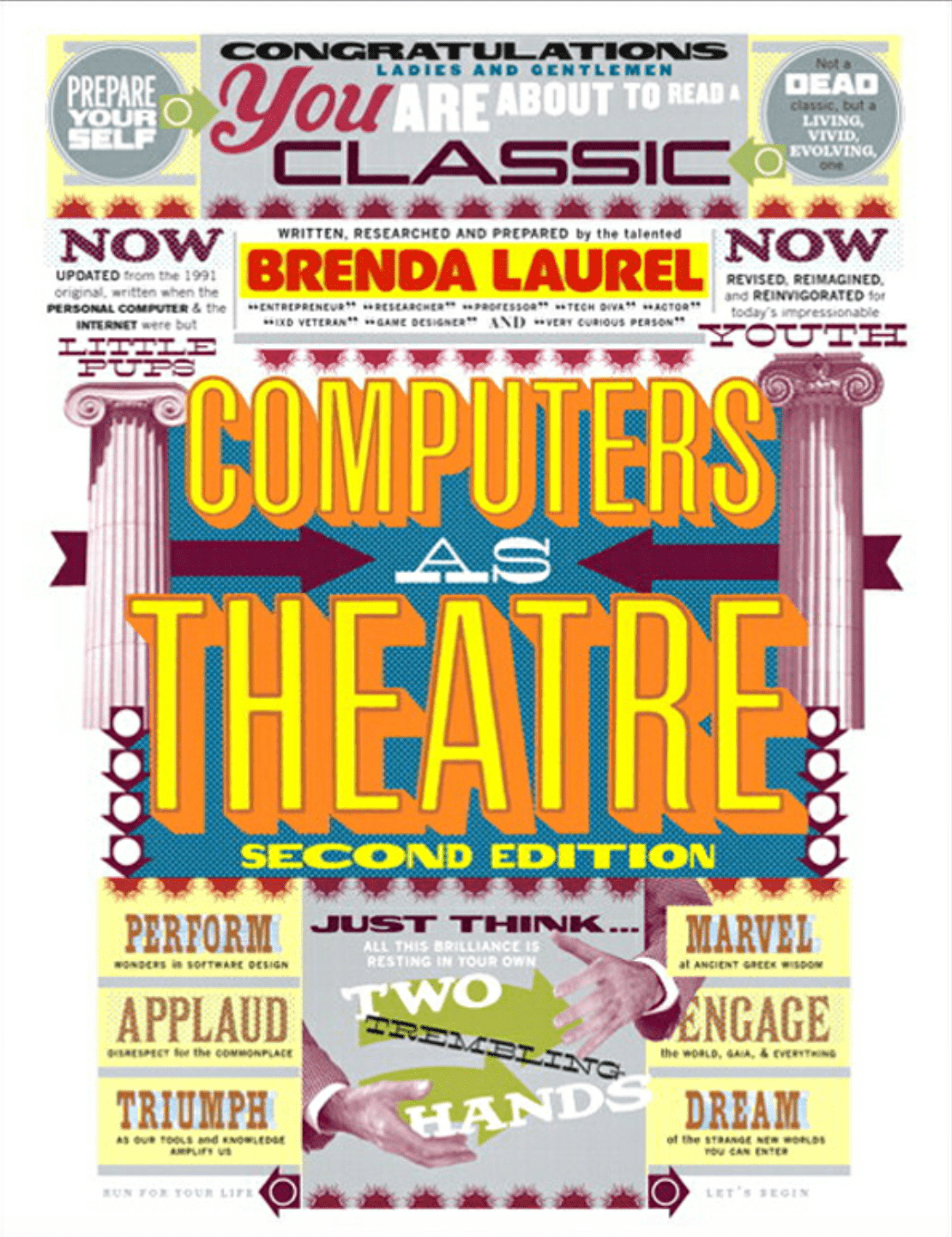Week 1: Reading Response Prompts
1. Please write a short response to the lecture from Wednesday. What did you think of the topics Anezka touched on and how do you see them relate to your own practice/your discipline?
The topics that Anezka touched on in our first lecture made me aware of what is really going on in today’s developing technology. Until this lecture I wasn’t aware of how devices or technological advances we use everyday resemble human perception in many ways. To be more clear, “Baby X” example seemed too real to me and made me think of how close our society is to shift to this new digitalized age. When I think more deeply on it, Yuval Noah Harari’s quote came to my mind; “Homo-Deus: A Brief History of Tomorrow examines what might happen to the world when old myths are coupled with new godlike technologies, such as artificial intelligence and genetic engineering.” Agreeably, I believe it is impossible to avoid the coming of a digital world. As an architectural student, after seeing flight simulation example that we also discussed in class, the relationship between spatial environment and volume of activities caught my attention. It is really interesting to see how perception of space and volume effectively communicate with humans. The capacity of physical experience to direct one’s perception is a powerful tool for me to apply into my chosen field, architecture. With the help of a good design and interactive structures, it would be compelling to immerse people into my future designs.
2. Please pick and respond to two prompts from the list below:
- Brenda gives two reasons why theatre is a good way to think about interactions. What are they and why does she think they are worth investigating in detail?
As Brenda mentions in p.29, with the depiction of acts on the stage in theater, audiences can receive “emotional messages” in many ways. She also refers to theaters as a fundamental source that helps us understand and make connections from human life and human-computer activity. In p. 31, she says that representation is an effective way to deliver messages to its recipients. Lack of representation might seem unreal and this situation may affect the understanding of the relationship between human and computer. She supports her ideas further in p.33, where the terms “serious”, “non-serious” and “playful” can alter methods in the same content. Those elements are key in investigating in detail because, the experience of using digital devices creates a feeling, and when it comes to terms such as “search”, “find” or “delete”, all aspects of our perception can change. It is important for users to have a clear vision when they use the computers.
- What justifications does Brenda offer for taking an artistic approach to the problem of designing human-computer activity?
She deliberates that, “Art is the external representation of things that happen in the head of the artist,” on page 36. The different representation of undetected elements of artists is another way to interact with the society. Brenda compares the medium of arts and digitalized machines in terms of their “structures”, “forms” and “purposes”. She implies that imagination is such a powerful notion that it has to be in every aspect of life. To be able to solve a problem, the representation of the major content has to deal with the reality. In that sense then, the relation between representation, imagination and reality could speak to each other. I really like to end this discussion with one of her sentences in p.38: “It’s about creating imaginary worlds that have a special relationship to reality: worlds in which we can extend, amplify, and enrich our own capacities to think, feel, and act.”
